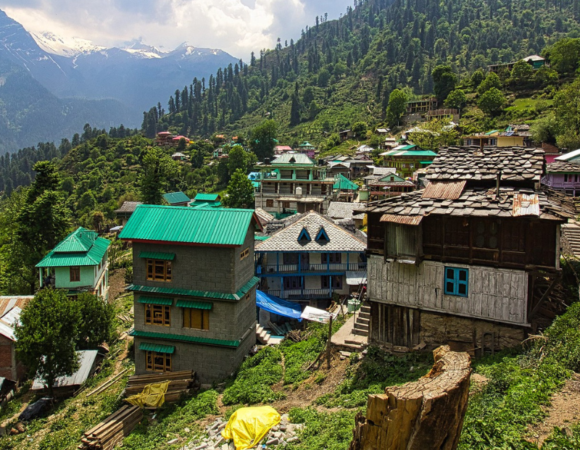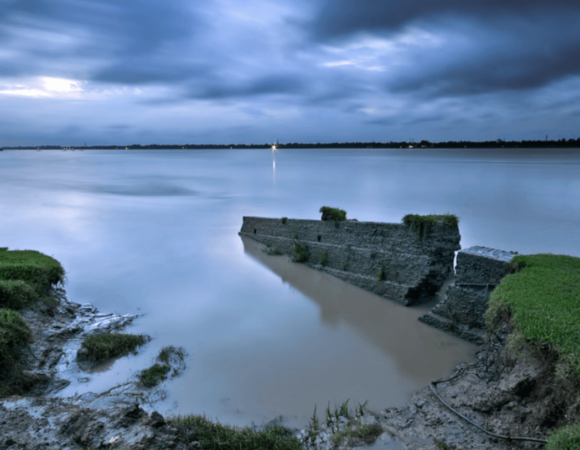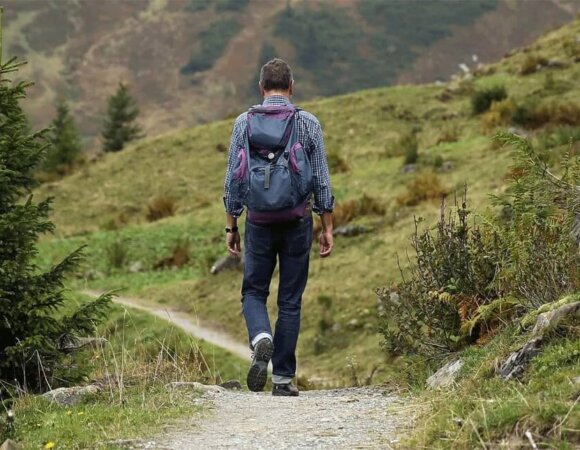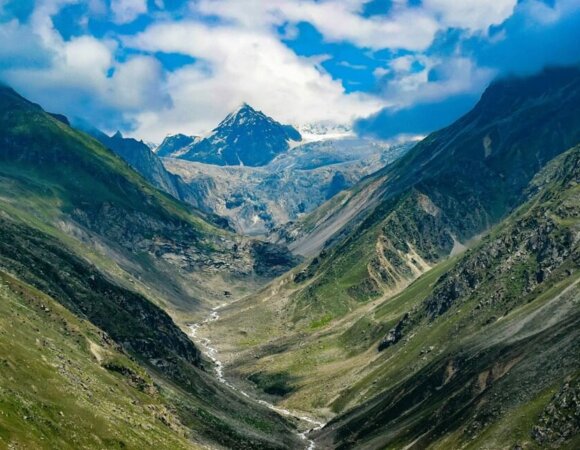Resource Conservation Strategies for a Sustainable Future
Table of Contents
ToggleResource conservation refers to carefully managing and preserving natural resources, such as water, energy, and raw materials, to ensure they are available for future generations. It is crucial in addressing environmental challenges like climate change, deforestation, and resource depletion.
The importance of resource conservation cannot be overstated—it helps reduce waste, protects ecosystems, and promotes sustainable living. In this article, we will explore the benefits of resource conservation, ways individuals and businesses can contribute, and its long-term impact on securing a sustainable future.
By focusing on resource conservation, we can make significant strides towards a healthier planet for ourselves and future generations.
Understanding Resource Conservation
Resource conservation involves managing natural resources wisely to ensure their availability for the future. Resources are generally categorized into two types: renewable and non-renewable.
- Renewable resources are those that can be replenished naturally over time, such as solar energy, wind, and water.
- Non-renewable resources, on the other hand, are finite and cannot be replaced within a human lifetime, like fossil fuels and minerals.
Currently, global resource consumption is rising at an alarming rate, leading to the depletion of non-renewable resources and unsustainable pressure on renewable ones. Overconsumption leads to environmental degradation, loss of biodiversity, and climate change, further intensifying the challenges we face.
Importance of Resource Conservation
Resource conservation offers numerous benefits, not only for the environment but also for the economy and society as a whole.
- Environmental benefits: It helps reduce pollution, protect ecosystems, and conserve biodiversity, contributing to a healthier planet.
- Economic advantages: By conserving resources, we reduce costs associated with extraction and energy use, while fostering sustainable industries that create long-term jobs and economic stability.
- Social impacts: Resource conservation ensures that communities can thrive, maintaining access to clean water, energy, and a healthy environment for future generations.
Strategies for Resource Conservation
Effective resource conservation involves adopting practices that minimize waste and maximize the use of available resources. Here are some key strategies to help reduce environmental impact:
Strategies 1
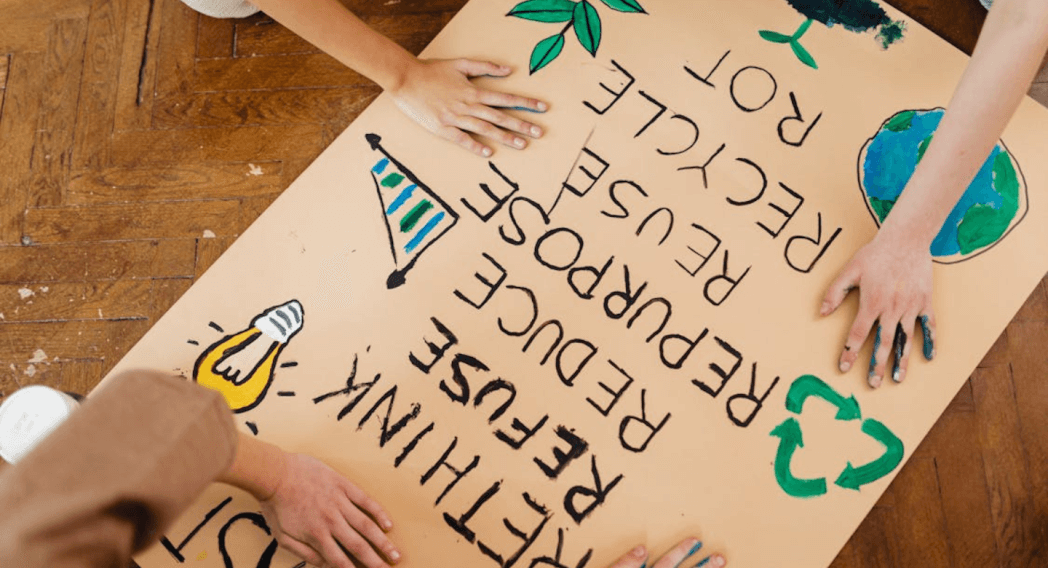
Reduce, Reuse, Recycle (3Rs): These three principles are fundamental to resource conservation. Reducing consumption limits waste, reusing items minimizes the need for new resources, and recycling ensures materials are repurposed. For example, using reusable bags, and containers, and recycling paper and plastics can significantly cut down on waste.
Strategies 2

Sustainable Energy Use: Transitioning to renewable energy sources like solar and wind helps reduce dependence on fossil fuels. Energy efficiency in homes and businesses, such as using LED lighting and energy-efficient appliances, also lowers energy consumption.
Strategies 3

Water Conservation: Implementing practices like rainwater harvesting and installing low-flow fixtures can drastically reduce water use, ensuring this vital resource is preserved.
Strategies 4

Sustainable Agriculture: Techniques like organic farming and permaculture promote soil health, reduce chemical usage, and help conserve land and water resources.
Strategies 5

Green Technology and Innovation: The rise of eco-friendly products and the circular economy—where products are designed for reuse and recycling—encourages sustainable production and consumption patterns.
Role of Individuals, Businesses, and Governments
Conservation is a shared responsibility. Here’s how different groups contribute:
Individuals: By adopting eco-friendly habits like reducing waste, choosing sustainable products, and consuming mindfully, individuals can significantly reduce their environmental footprint.
Businesses: Companies play a crucial role by integrating sustainable practices into their operations. This includes waste management, energy-efficient production methods, and corporate social responsibility (CSR) initiatives focused on environmental protection.
Governments: Strong policies, regulations, and global agreements are essential for driving large-scale resource conservation. Governments can support sustainability through incentives, environmental laws, and international collaborations.
Challenges in Resource Conservation
Economic and Political Barriers: The high cost of implementing sustainable technologies and political resistance can slow progress toward resource conservation.
Lack of Awareness and Infrastructure: In many areas, there is still limited awareness about the importance of resource conservation. Additionally, recycling, water management, and renewable energy infrastructure may not be in place.
Balancing Development with Sustainability: Striking a balance between economic development and environmental sustainability is a major challenge, particularly in rapidly growing regions that depend on resource extraction.
Future of Resource Conservation
As the world faces increasing environmental challenges, the future of resource conservation holds promising opportunities driven by emerging trends and collective action.
Emerging Trends: The circular economy is gaining momentum, focusing on designing products for reuse and recycling, which reduces waste and conserves resources. Additionally, green technologies like electric vehicles, renewable energy sources, and smart grids are revolutionizing how we manage resources, making conservation more efficient and sustainable.
The Role of Education and Community Action: Education plays a key role in spreading awareness about the importance of conservation. Communities around the world are coming together to adopt sustainable practices, whether it’s through local clean-up efforts, sustainability education, or supporting eco-friendly businesses. These grassroots movements can have a significant impact on behavior and policy change.
Global Initiatives and Agreements: International agreements such as the Paris Agreement aim to reduce global carbon emissions and promote sustainability. Governments worldwide are working together to create frameworks that encourage resource conservation, sustainable development, and climate action.
Conclusion
Resource conservation is crucial to ensuring the well-being of our planet and future generations. By embracing sustainable practices, we can protect ecosystems, save money, and create a more equitable world. The challenges are real, but with collective effort from individuals, businesses, and governments, we can make a lasting difference.
References
Johnson, N. (2024, June 3). Conservation vs Sustainability: Key Differences and Why They Matter – EcoCart. EcoCart.
Nick. (2023, September 5). Resource Conservation – Why it Matters. ETM Recycling.
Frequently Asked Questions (FAQs) on 5 Resource Conservation Strategies for a Sustainable Future
What is resource conservation?
Resource conservation involves the responsible management and use of natural resources to prevent depletion, reduce waste, and protect the environment for future generations.
Why is resource conservation important?
It helps combat environmental issues like climate change, resource scarcity, and pollution while supporting sustainable economic growth and ensuring a better quality of life.
What are renewable and non-renewable resources?
Renewable resources (like solar energy and wind) naturally replenish over time, whereas non-renewable resources (like fossil fuels and minerals) are finite and deplete with use.
How can individuals contribute to resource conservation?
By practicing the 3Rs (Reduce, Reuse, Recycle), conserving energy and water, reducing plastic use, supporting sustainable brands, and adopting eco-friendly habits.
What role do businesses play in conserving resources?
Businesses can adopt sustainable practices, minimize waste, use eco-friendly materials, invest in renewable energy, and support circular economy models.
How does the government support resource conservation?
Governments create policies, enforce environmental laws, invest in renewable energy projects, and participate in international agreements to encourage sustainable practices.
What are some challenges in resource conservation?
Economic barriers, political resistance, lack of awareness, limited infrastructure, and the need to balance development with environmental protection.
How does resource conservation impact the economy?
It reduces costs, creates green jobs, encourages innovation, and ensures long-term economic stability by protecting essential natural resources.
What are some examples of sustainable resource use?
Using solar panels for energy, rainwater harvesting, eco-friendly packaging, sustainable farming, and manufacturing products with recycled materials.

